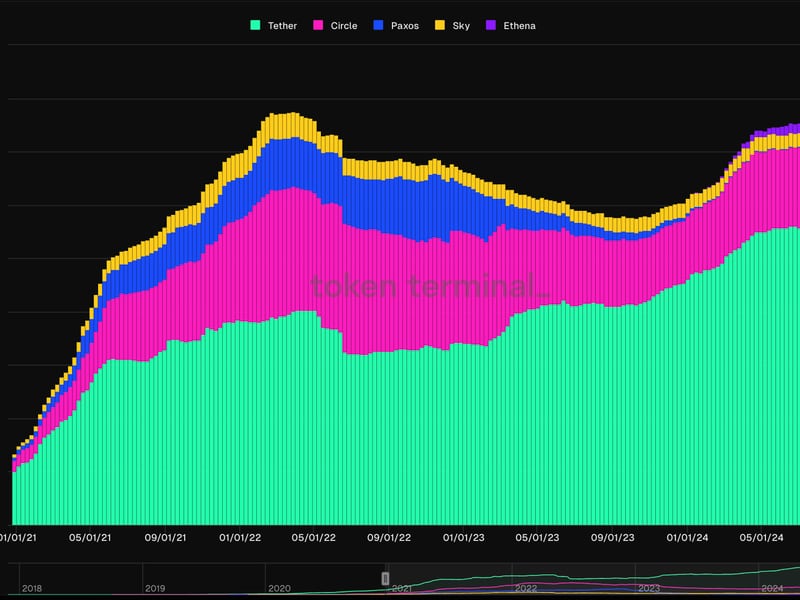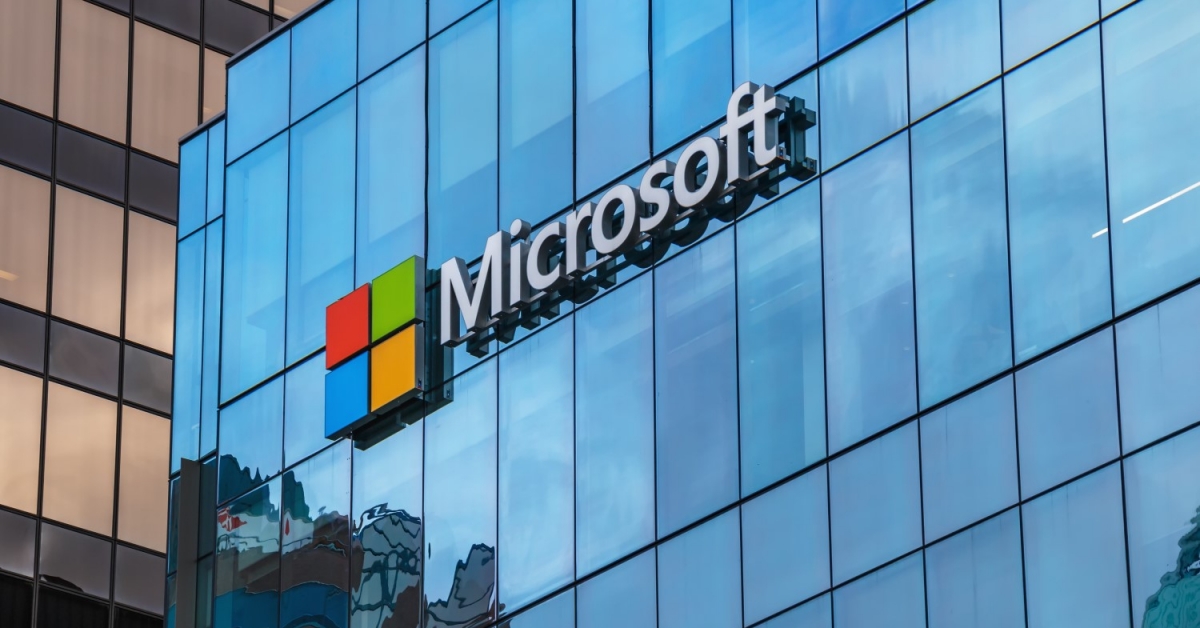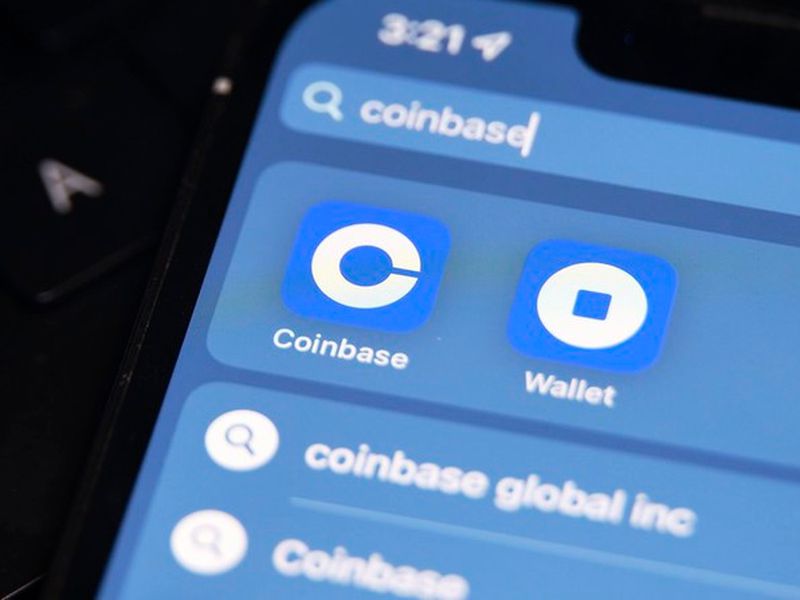Marathon’s Layer-2 Chain, Anduro, Plugs In ‘Portal to Bitcoin’ for Atomic Swaps
-
Portal uses Bitcoin layer-2 network Lightning to allow users to convert assets like ETH into BTC by the use of atomic swaps.
-
As well as introducing greater utility to Bitcoin, Anduro may present an opportunity for further revenue streams for miners, hence Marathon’s involvement.
Anduro, a multi-chain layer-2 network incubated by bitcoin miner Marathon Digital Holdings (MARA), has incorporated the decentralized exchange (DEX) network Portal to Bitcoin – formerly known simply as Portal – with the goal of enhancing utility on the world’s oldest blockchain network.
Publicly-traded Marathon began incubating Anduro in February as a “platform built on the Bitcoin network that allows for the creation of multiple sidechains.”
The integration with a San Francisco-based fintech provider DEX network coincides with a renaming of the project to Portal to Bitcoin, according to an emailed announcement shared with CoinDesk on Wednesday.
The company formerly known as Portal raised a $34 million seed round in March, and uses the Bitcoin layer-2 network Lightning to allow users to convert assets like ETH into BTC by the use of atomic swaps – peer-to-peer transactions where cryptocurrencies can be exchanged on different blockchains.
Such practice is commonplace between Ethereum-based assets and on other blockchains, but is a far more recent development on Bitcoin.
As well as introducing greater utility to Bitcoin, Anduro may present an opportunity for further revenue streams for miners; hence Marathon’s involvement.
Anduro’s sidechains use a process called merge-mining, whereby participating miners could earn Bitcoin-denominated revenue from transactions that occur on these chains while continuing to mine bitcoin on the base-layer.
Edited by Bradley Keoun.









